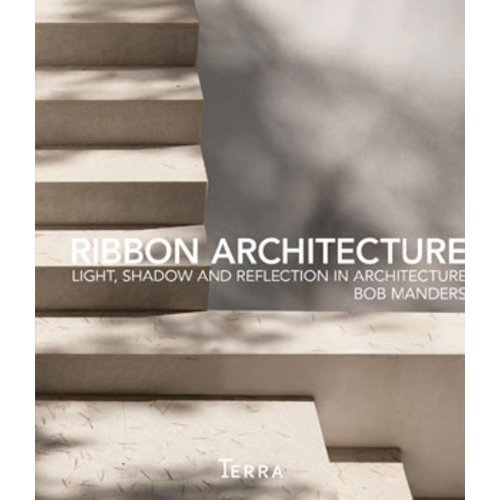Beauty may be skin-deep, but David Jameson's design for the offices of a dermatologist and a plastic surgeon reaches beneath the surface, peeling back layers of intrigue. Inspired by the structure of a tree'with its rough bark on the outside and smoother rings closer to the core' the Washington, D.C.'based architect organized the 3,770-square-foot facility as a progression of spaces wrapped in increasingly refined materials. The sequence evokes the dermatological procedure of removing dry skin to reveal the softer tissue below.
Bronze-colored glass shelves with mirror-glass backs are attached to two walls in a crisp pattern of horizontal bands and vertical stripes. “I like the tension between the precision of the glass shelves and the irregularity of the bark,” says Jameson. On a third wall, a cross or plus sign composed of the same materials serves as a logo for Sherber + Rad and draws customers to a reception table. For flooring, Jameson used a synthetic epoxy often found on ships because it is seamless and resists germs and organic compounds. The ceiling is a stretched, translucent PVC fabric with LEDs above, so it creates an even glow across the entire room. Recessed LEDs around three sides of the ceiling make it appear to float, independent of the walls. Bleached-cypress tables—40 inches wide and 12 feet long—align with the shelves and maintain the geometric rhythm of the room.
To get to the medical area, visitors open a door in the back of the boutique—camouflaged because it’s covered in bark, like the rest of the wall. Only a small bronze door handle reveals its function. “Washington is a city that emphasizes discretion,” says Sherber, “so we wanted to create a place where a politician or a television personality could come, browse the merchandise, and no one would know he is getting treatment.” For very special people, there’s a private entry off the building lobby that leads directly to a VIP treatment suite.
Off a short gallery displaying artworks made with encaustics is a pair of parallel corridors, the first one surfaced in bleached cypress and the second in glass panels backed with bronze. The cypress corridor takes patients to individual waiting rooms—or “cabanas”—each one outfitted with wood-clad walls and an Eero Saarinen womb chair, where they can relax during the 30 minutes it takes for numbing cream to prepare them for Botox or other procedures. Then they proceed to the treatment rooms behind the bronze-backed-glass doors. “The combination of organic and high-tech elements reflects our approach to our work,” states Rad.
Set in a mid-1960s Brutalist concrete office building in a part of downtown Washington where many lobbyists work, Sherber + Rad is embedded in the city’s peculiar culture of power and appearance. And with its sophisticated retail front and high design, it challenges the traditional model of a medical practice. Come in for a look at the fancy skin creams, and you might end up with a nip-and-tuck to tighten that beautiful-but-aging face of yours.
PeopleClient/Owner: Ariel Rad, Noelle Sherber
Architect:
Personnel in architect's firm who should receive special credit:
Interior designer:
Engineers:
Consultant(s):
General contractor:
Photographer(s): Size: 3,770 square feet Cost: withheld Completion date: June 2015 |
Products
Structural system
Doors
Hardware Closers: Dorma Exit devices: Prolume
Pulls: Custom door pulls by Metal Specialties Security devices: Petitbone Security
Other special hardware:
Interior finishes
Cabinetwork and custom woodwork:
Paneling: Plastic laminate: Abet Laminati Solid surfacing: Corian Special surfacing: Galaxy Glass
Floor and wall tile: Carpet: Carpet tile Special interior finishes unique to this project: Boldit by Fusion Floors Office furniture: Client provided Reception furniture: Furniture from Scandanavia by Annette Rachlin Chairs: Knoll
Tables: Other furniture: Custom glass vitrines by Galaxy Glass
Lighting Downlights: Lucifer, Dasal, Portfolio Task lighting: Bartco, iGuizzini
Plumbing |










